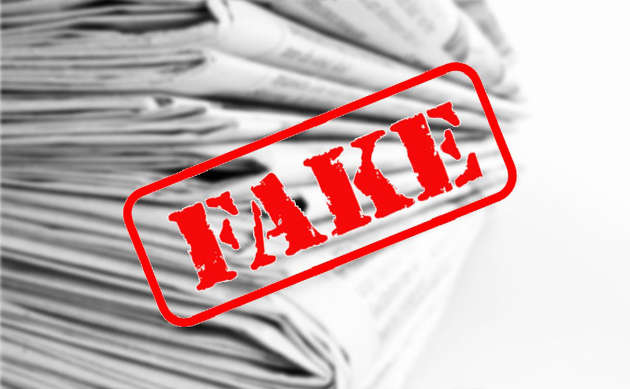
Ever since Facebook and Google announced plans to fight the spread of fake news, the internet has been abuzz about the topic. The keyword search “fake news” has been at or near peak popularity in the past couple of weeks. I had seen the term quite a few times lately but chose to ignore it because I thought it didn’t apply to me; however, I took a quiz today to determine how well I can spot phony headlines and news topics and, I must confess, I only scored 4 out of 7. I then realized that I had better get a handle on it so I began researching the topic.
The New York Times published a piece about how fake news goes viral. The Washington Post warns readers that fake news is just the beginning. CNN has an op-ed about why these stories thrive online and a story that explains “how to outsmart” it. PBS offers some help about navigating this “post-truth” world with “Five important stories that aren’t fake news.” Bloomberg terms this trend as a political crisis for Facebook.
Of course, all of these mainstream news media sources have every incentive to help us try to understand the why’s and how’s of fake news — public perception of their trustworthiness was already at an all-time low — with approval ratings somewhere around 19 percent — after its credibility-sapping call of the presidential election.
The alt-news media is having a little fun with this crisis. Breitbart has a list of 12 fake news stories that have been published by mainstream media. And, of course, the Onion, which has made a cottage industry out of spinning out acceptable (re: satirical) fake news, is having trouble holding its ground now that the term “post-truth” has been made the 2016 word of the year by Oxford Dictionaries.
So what’s a news reader to do? A writer at journalism school Poynter Institute warns people about crying wolf about post-truth, stating that doing so “implies there was once a golden age when politics and the media were dominated by facts.”
All of this brings to mind the quote from Edgar Allan Poe, warning you to
believe nothing you hear, and only one half that you see.
That approach is probably the most helpful, although there are some tech tools that might help. Google Images can help spot fake news and, of course, an old journalist and historian trick may be necessary for you to avoid falling into the fake news traps: corroborate the information with multiple sources.





